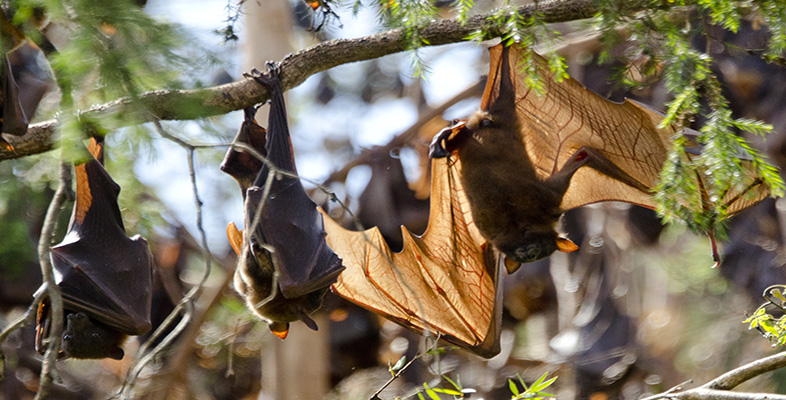5 Temperature regulation and the consequence of size
5.1 Introduction
If you have already worked through S182_1 Studying mammals: a winning design, you'll be aware (from Section 5) that animals break down their food for conversion into usable forms of energy; thus, breakdown of food is sometimes called (as in the commentary to the TV programme) the 'internal fire'. Fire is a useful analogy because within the body, food is oxidised. This process is comparable to burning, but it is much, much slower and takes place in living tissue. Chemical energy released during breakdown of food is able to support growth, movement and processes essential for maintenance of life, such as excretion of wastes, beating of the heart and replacement of worn-out tissues such as skin and the lining of the gut. In endotherms (mammals and birds), the heat energy released during breakdown of food is used for maintenance of body temperature.
As defined in S182_1, an animal's metabolic rate is the rate at which it chemically breaks down food molecules and releases the energy they contain. For convenience, metabolic rate is often measured as the rate of uptake of oxygen per unit mass of an animal. The basal metabolic rate (BMR) is a measure of the rate of metabolism of an animal at rest, when the ambient temperature is such that no thermogenic response is evident.
You will have noticed from the TV programme that insect eaters have a huge range of body sizes. The smallest, a pygmy shrew, weighs about 2 g, in contrast to the giant anteater, which weighs up to 40 kg, and the giant armadillo, which can weigh up to 55 kg. Such differences in body size have profound implications for the regulation of body temperature and for food intake.
